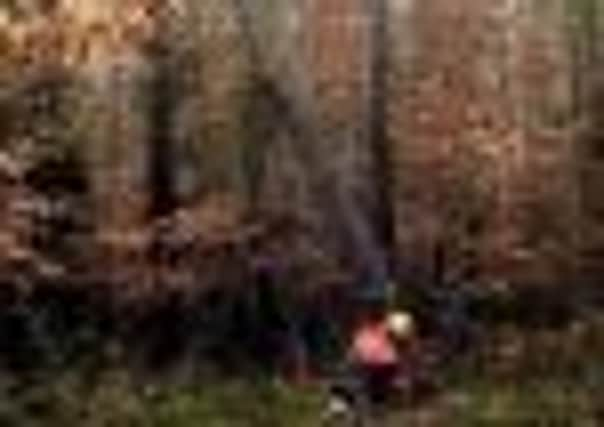Virus proving big threat to landscape


Originally misleadingly known as Sudden Oak Death, because of its history in America, the Phytophthora Ramorum virus in this country was at first thought to be a threat mainly to nursery shrubs such as azaleas and camellias and, in the wild, to rhododendrons.
But it has frightened experts by jumping several ways over the past three years – most notably into bilberries, which are common all over heathlands, and into various species of larch, which are grown commercially throughout the British Isles.
Advertisement
Hide AdAdvertisement
Hide AdAlthough mainly concentrated in the west of England, Wales and Scotland, larches are part of the mix in Yorkshire. And the blight was found at the end of last year on the Shibden estate, run by Calderdale Council.
This week, the European Food Safety Authority’s panel on plant health said it was “a growing threat to forests, parks and gardens across the European Union”.
Its report says: “The recent outbreaks – which have affected an estimated 1,900 hectares of Japanese larch in England and Wales alone – represent a major step change in the epidemiology of P.ramorum. There are many common species among potential hosts, such as European beech, rhododendron, camellia and viburnum. The outbreak in the UK and Ireland raises the possibility of a threat to European larch across the EU.”
Horse chestnuts, sweet chestnuts and some beeches, oaks, spruces and firs, are also vulnerable.
Advertisement
Hide AdAdvertisement
Hide AdThe EC has been trying to control the organism since it was first positively identified on this side of the Atlantic in 2002 and large-scale precautionary felling has been going on. Now the EC is being urged to consider even more radical measures, such as digging up the roots of infected rhododendrons, which can harbour the disease in the ground. It was initially thought that rhododendrons were the main route of transmission to trees. But now it looks as if several forms of larch – not just the ‘Japanese’ – are spreading it through blown needles, which can travel quite a long distance.
Deborah Comyn-Platt, estate manager at Shibden, said this week that their outbreak had been confined to rhododendrons and appeared to have been contained by “a lot of work”, including cutting down and burning all the infected plants and treating the stumps to stop regrowth.
Jump to larch raises the risk
WOODLANDS expert Mike Seville, an adviser to the country landowners’ association, said: “The jump into larch increased the risk of spread several thousand-fold. I think we have reached the point where we probably cannot eradicate it and we have to concentrate on containing it to give ourselves a bit of time.” He said British trees were battling with three more bad diseases – Red Band Needle Blight, Acute Oak Decline and Horse Chestnut Canker – and he believed a combination of warming climate and the internationalisation of plant species had created the conditions for new viruses to take hold and/or dormant ones to emerge.